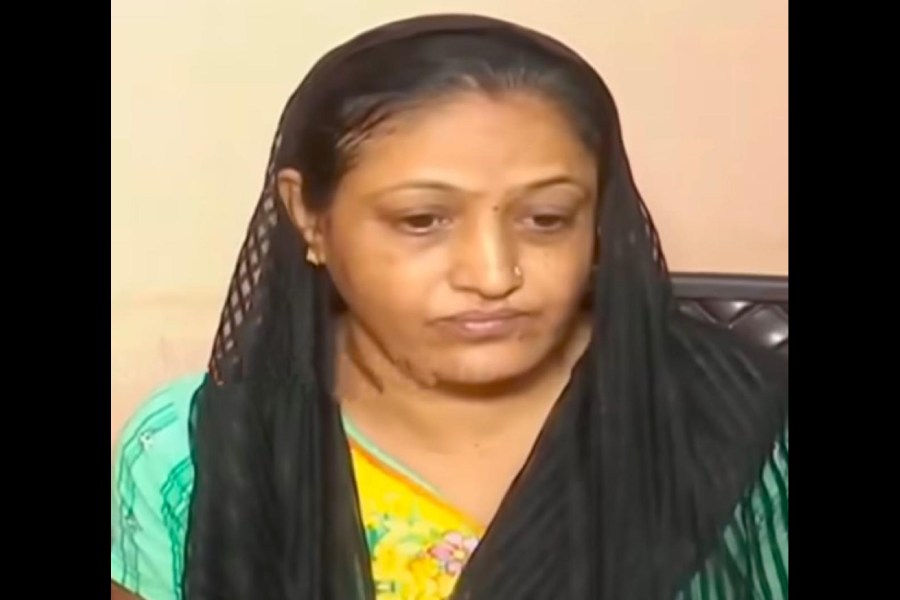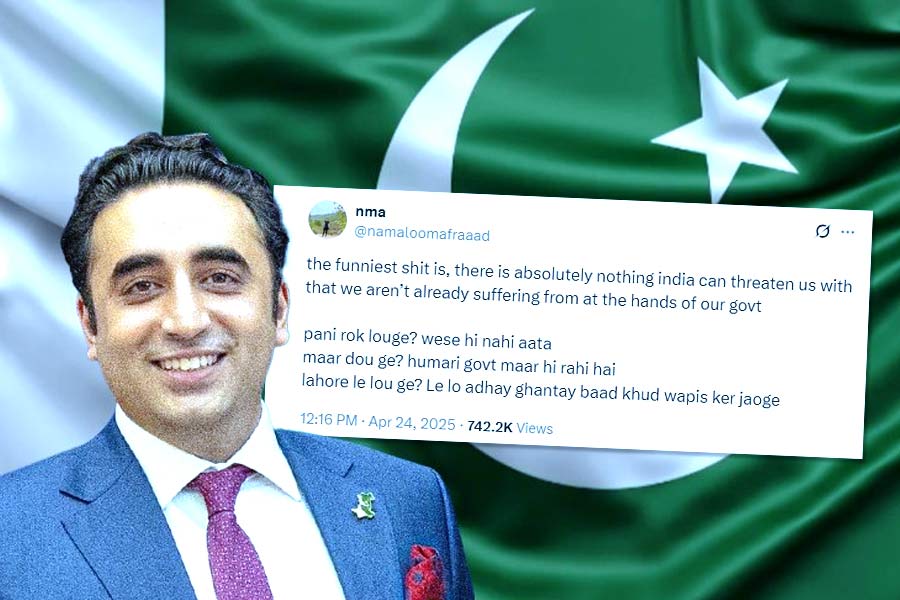|
|
| Domestic rebels |
Dwelling in the ArchiVe By Antoinette Burton, Oxford, Rs 445
Western secular modernity viewed history as a panoptical narrative produced by rigorous scholastic enterprise and based on solid, unalterable archival evidence. It scornfully dismissed other possible sources like autobiographies, memoirs and local lore as unverifiable and susceptible to personal bias. This view held sway until the Sixties, when it was challenged by feminism and post-colonial studies. In later decades, the truth-claims of archive-based history became increasingly suspect as the archive, in its organization and administration, looked more and more vulnerable to state manipulation. Thus it was that the non-traditional, non-positivist sources gradually came to be recognized as essential ingredients of history, not necessarily supplanting but supplementing.
Antoinette Burton, in Dwelling in the Archive, sets herself the task of dismantling these paradigms. She sees the valorization of the archive as typically male, since it sets aside all other sources as fickle or fake — qualities usually associated with femininity. As the title of the book shows, the author is determined to weld private experiences with objective history-writing. The trope she uses in order to do so is “the home” — the familiar site for ideological struggle in Indian nationalism.
The home was conceptualized in nationalist discourses as a sacred inner space, the counterpoise to the material external world. The woman was considered the guardian angel of a sanctified domestic space. Burton takes up three women from three different faiths, Janaki Majumdar, Cornelia Sorabji and Attia Hosain, who, while writing about homes and houses, narrativized nation and history. Their’s is a “peripatetic” cognizance of the “intimate recesses of the domestic space”, which represent a nuanced account of colonial-imperialist perceptions and nationalist preoccupations.
The three women had different agendas while writing about their homes, but they had quite a few things in common too. This commonality is hardly accidental, because in all three narratives “the home” is located in a vortex of diasporic experiences and political turmoil. Naturally, “the home” acquires nostalgic and symbolic meaning, redolent of an integrative family and social life.
Another perspective that these homes — or “house histories” — foreground is that of women caught in a web of patriarchal power-relations precipitated by Western secular modernity and its nationalist counterpart. Burton’s analysis does not gloss over how the different subject-positions of women in these narratives — or counter-narratives — impart different biases to their autobiographies.
The memoirs of Janaki Majumdar (the daughter of the eminent nationalist leader, W.C. Bonnerji) are predominantly “a domestic genealogy of Indian nationalism”, focussing on the gradual development of Hemangini, Janaki’s mother, as a nationalist prototype for women.
On the other hand, Cornelia Sorabji’s depiction of the Hindu zenana household in India calling and India Recalled is full of the colonial obsession with a “typical” Oriental past.
Attia Hosain’s autobiographical novel, Sunlight on a broken column, however, projects Ashiana, the ancestral house, as the central character in a story about the longing for roots and as a witness to the “detritus of history”. But above all, it is the counter-archival, anti-linear authenticity of home-memories that helps them turn the colonial perception of history upside down.











